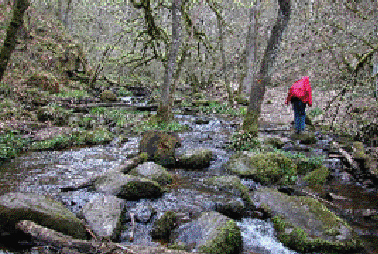Andrew Riggsby, Professor of Classics and Art History at The University of Texas, Austin is an expert on Rome and Roman history (among the many other furrows he follows in the fertile field of art history and classical studies). We have never met. Andrew contacted me some years ago after reading one of my books on contemporary Rome. He is the winner of the prestigious Rome Prize from the American Academy in Rome.
Knowing that Andrew would be the man to give the thumbs up or thumbs down (but which? in the Roman way, or the modern way?) about my treatment of ancient Rome, Caesar, Roman roads and the Conquest of Gaul, I asked my editor to send him a copy of Paris to the Pyrenees.
What follows is one of the most heartfelt, detailed and perceptive endorsements this writer–that's me–has seen in 20 years of publishing. Since blurbs tend to be short, Professor Riggsby’s endorsement was shortened for presentation on Amazon.com and elsewhere. That is why I felt it should be shared in its entirety here. Needless to add I am extremely grateful to Prof. Riggsby, and thoroughly delighted that he “got” my oddball book.
“Many writers have tried to turn their journeys into stories of self-discovery, but David Downie’s pilgrimage/anti-pilgrimage through the French countryside has two things no one else does.
One is his inimitable wit. As soon as he has brilliantly punctured the pretension of one of the characters he encounters the road, he turns around and does the same to himself. Even the quest for a cup of coffee or the steadily declining health of his back and knees sparkle.
But the most amazing thing about Downie’s version is that he travels not just in space, but in time. In his France, layers of the past are stacked and patched and run together: Caesar and his legions confronting Vercingetorix and the last Gallic hold-outs, Roland and Charlemagne, Eugène Viollet-le-Duc’s occasionally theme-park-ish restorations across the country, the Phylloxera epidemic that nearly wiped out French wine-making, the Resistance to the Nazis, and even the travels of an earlier, more gluttonous, and less reflective David Downie.
The way these layers weave and combine somehow creates both constant delightful surprise and reassuring familiarity. Even (especially?) when he wandered into times I already know well, it was fascinating to experience them in new ways. The episodes are delightful in themselves, but it is the combinations that will give any reader a “big picture” they haven’t seen before.
An atheist who starts to walk the road of Saint James necessarily sees the world with a certain irony. One who finishes a trail from Paris to the Spanish border won’t let that irony consume him. It is the conversation between the two that makes this such a special book.”
Photo of David hugging a huge, 500-year-old chestnut tree in Burgundy: copyright Alison Harris

.jpg)

